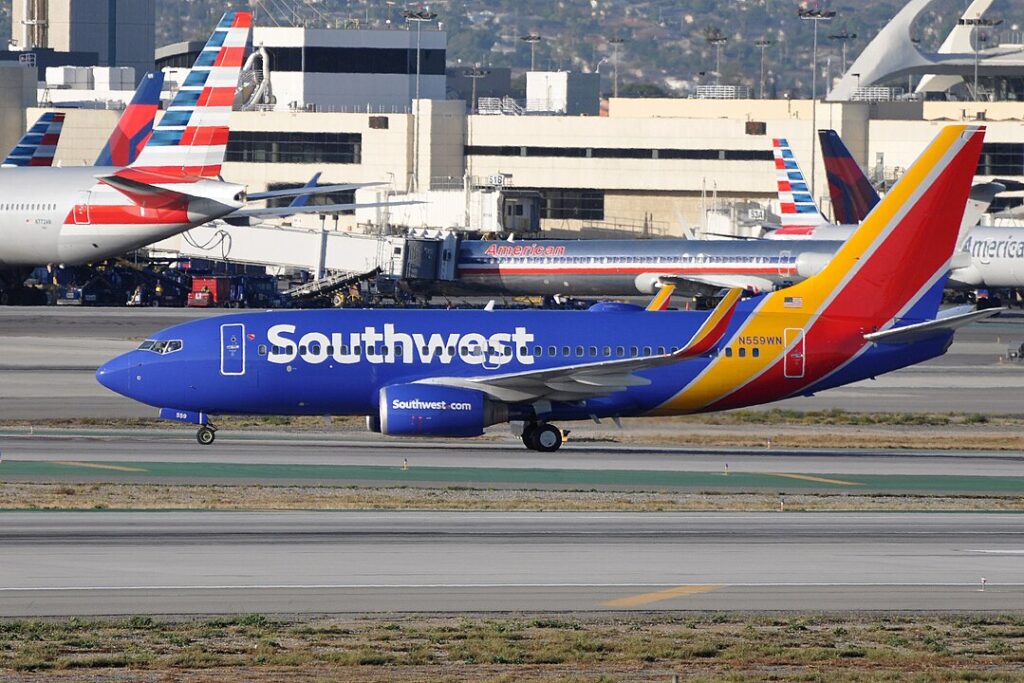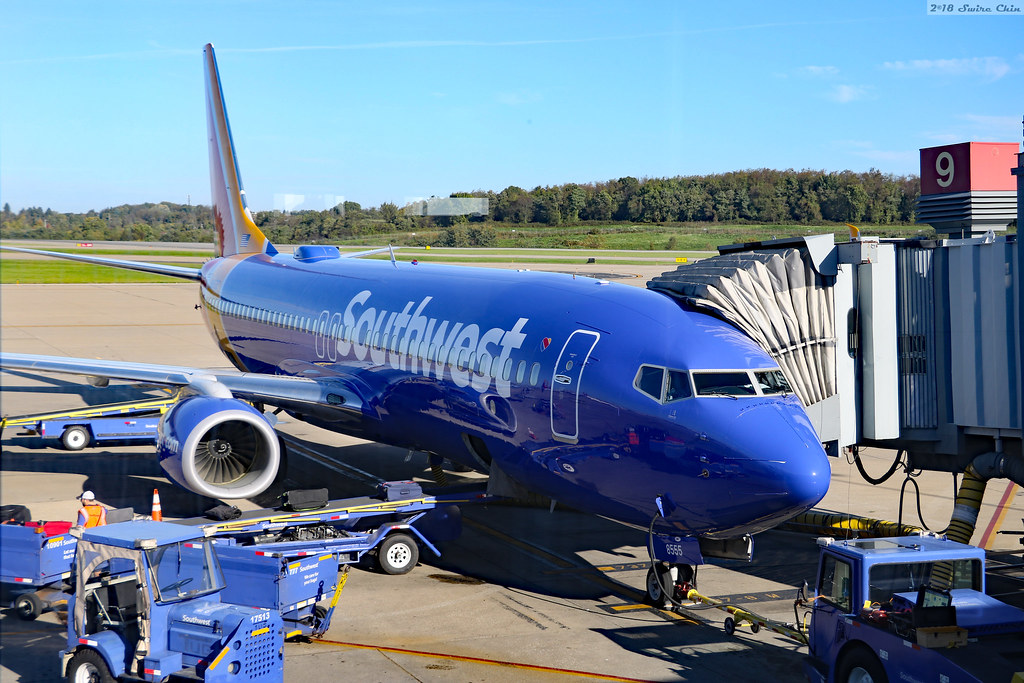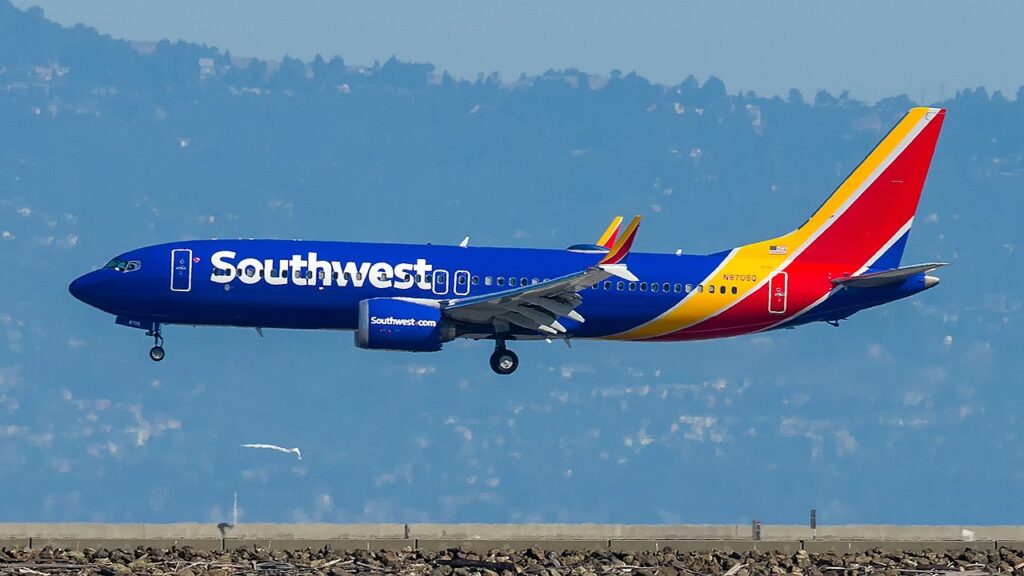DALLAS- Southwest (WN) Airlines has announced its plans to reduce midweek flights starting in January significantly.
The airline will also implement other schedule changes to better align its network with post-pandemic travel trends, which now lean more towards leisure travel compared to pre-2020.

Southwest Schedule Adjustments Amid Leisure Demand
According to Southwest’s estimations, these strategic adjustments and the ongoing expansion of the 18 new destinations added during the pandemic are expected to contribute approximately $500 million to pretax profits in the upcoming year.
During an earnings call on Thursday, Southwest CEO Bob Jordan stated that although corporate travel is expected to rebound, it may take some time as leisure travel continues to recover at a faster pace.
In the past, Southwest has operated around two percentage points less of its weekly schedule on Tuesdays and Wednesdays compared to the busier travel day on Mondays.
However, with the recent schedule adjustments, the airline will reduce Tuesday and Wednesday flying to approximately eight percentage points below Monday.
This decision mirrors similar midweek cutbacks being implemented by other budget airlines such as Frontier (F9) and Allegiant (G4).

The Four-Point Plan
Southwest has devised a comprehensive four-point plan, set to be implemented early next year, aimed at aligning its flight schedule with the current demand trends, as outlined by the CEO, Andrew Watterson.
As part of this strategy, Southwest will reduce midweek flights to better match the demand pattern, with a particular focus on Tuesdays and Wednesdays. Additionally, the airline will scale back late-night and early-morning flights that have proven to be less profitable.
Furthermore, Southwest will optimize its flying in new markets, including its Hawaii routes, based on insights gained from analyzing demand patterns. The aim is to cater to leisure-oriented travel preferences.
The fourth aspect of the plan involves reducing the frequency of short-haul business routes, thereby freeing up aircraft to be deployed on more leisure-focused medium and long-haul routes.
This strategy can be illustrated by comparing Southwest’s schedules for January 2023 and January 2024, where business-oriented routes like Midway-to-Columbus will see reductions in frequency.
While leisure-oriented routes like Midway to Phoenix and Columbus to Florida will experience an increase in flights.

Quarter Reports and Stock Decline
Following the announcement of its network adjustment plan, Southwest disclosed its financial results for the second quarter, reporting a net income of $683 million. Further representing a 10.1% decrease compared to the previous year.
On the positive side, the airline achieved a record Q2 revenue of $7.04 billion. Subsequently, marking a 4.6% increase from the previous year and surpassing analyst estimates by $60 million, as reported by Seeking Alpha.
However, Southwest faced challenges in terms of its revenue per available seat mile (RASM), a critical industry metric, which experienced an 8.3% decline year-over-year. This dip in RASM can be attributed to load factor and average airfares decreases.
As a result of these financial updates, Southwest’s stock experienced a sharp decline, ending the day down by 8.9% at the market close.
Stay tuned with us. Further, follow us on social media for the latest updates.
Join us on Telegram Group for the Latest Aviation Updates. Subsequently, follow us on Google News.

